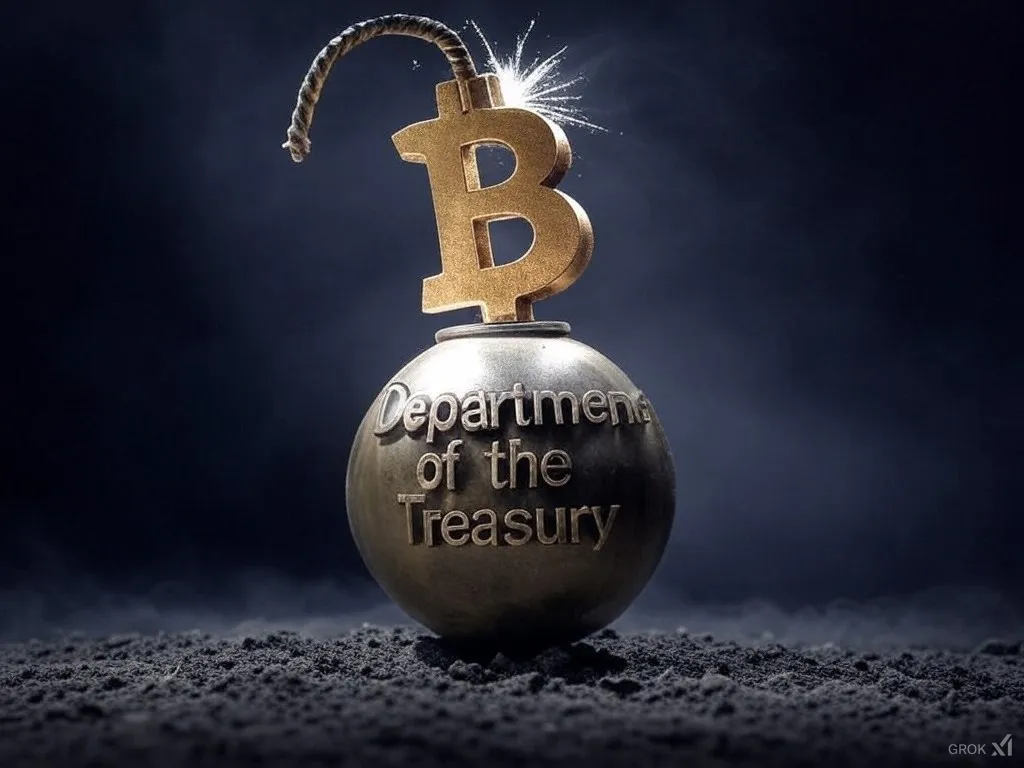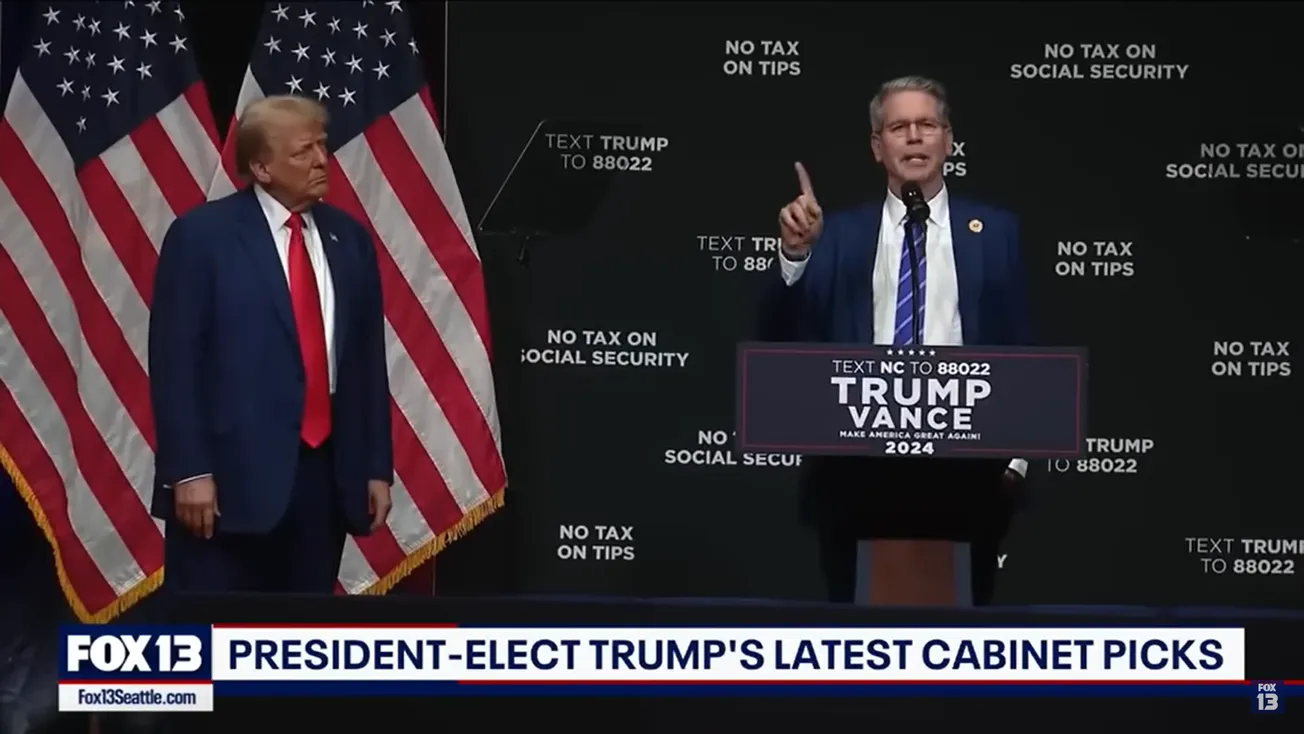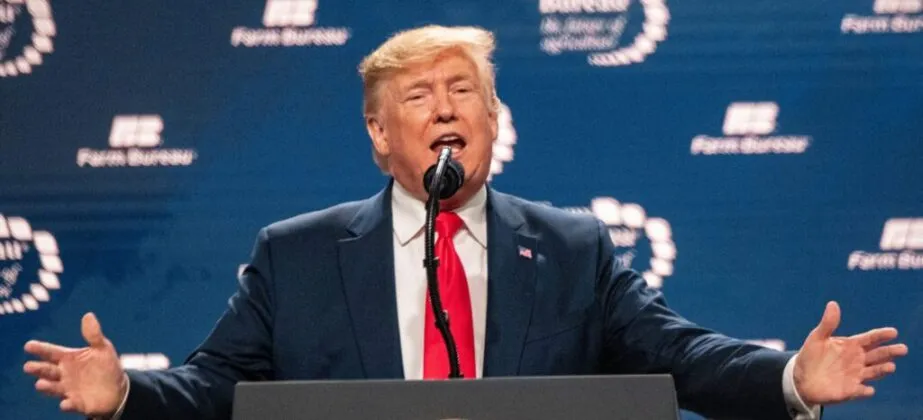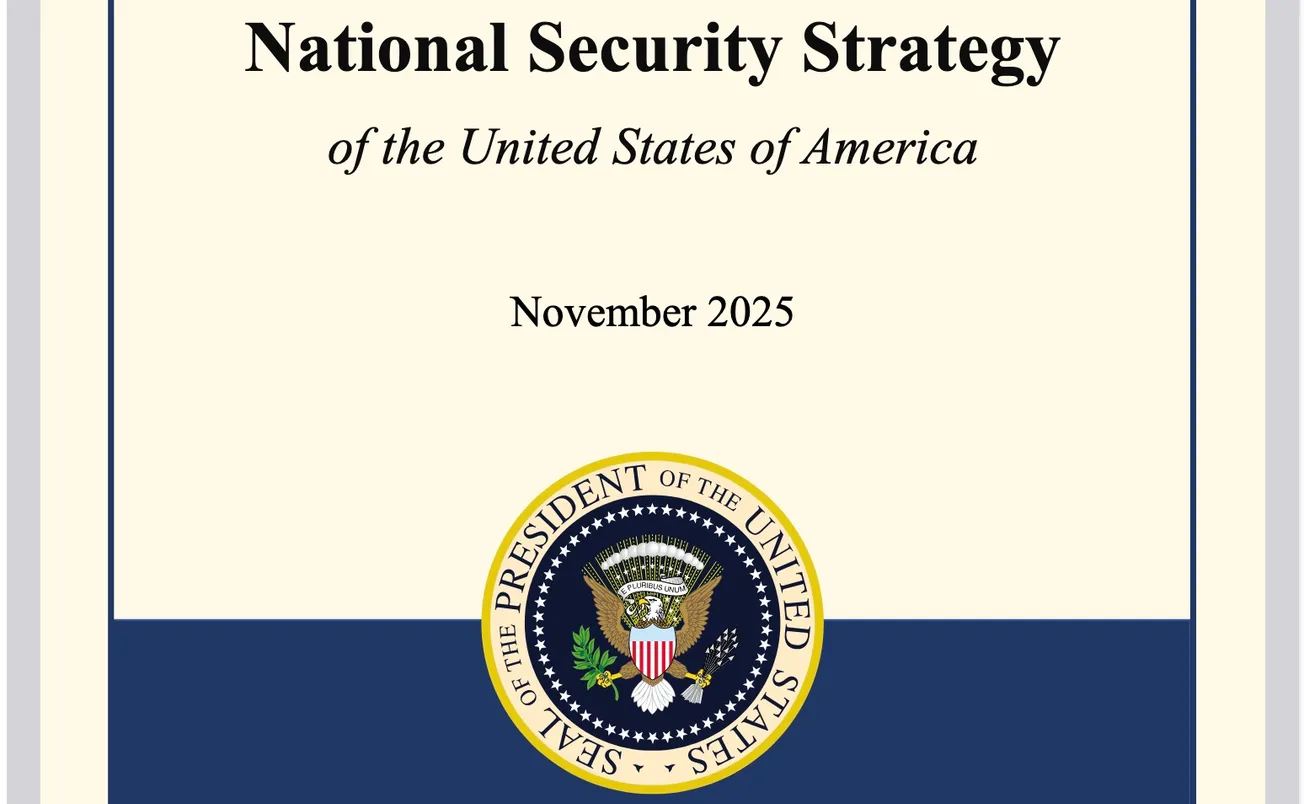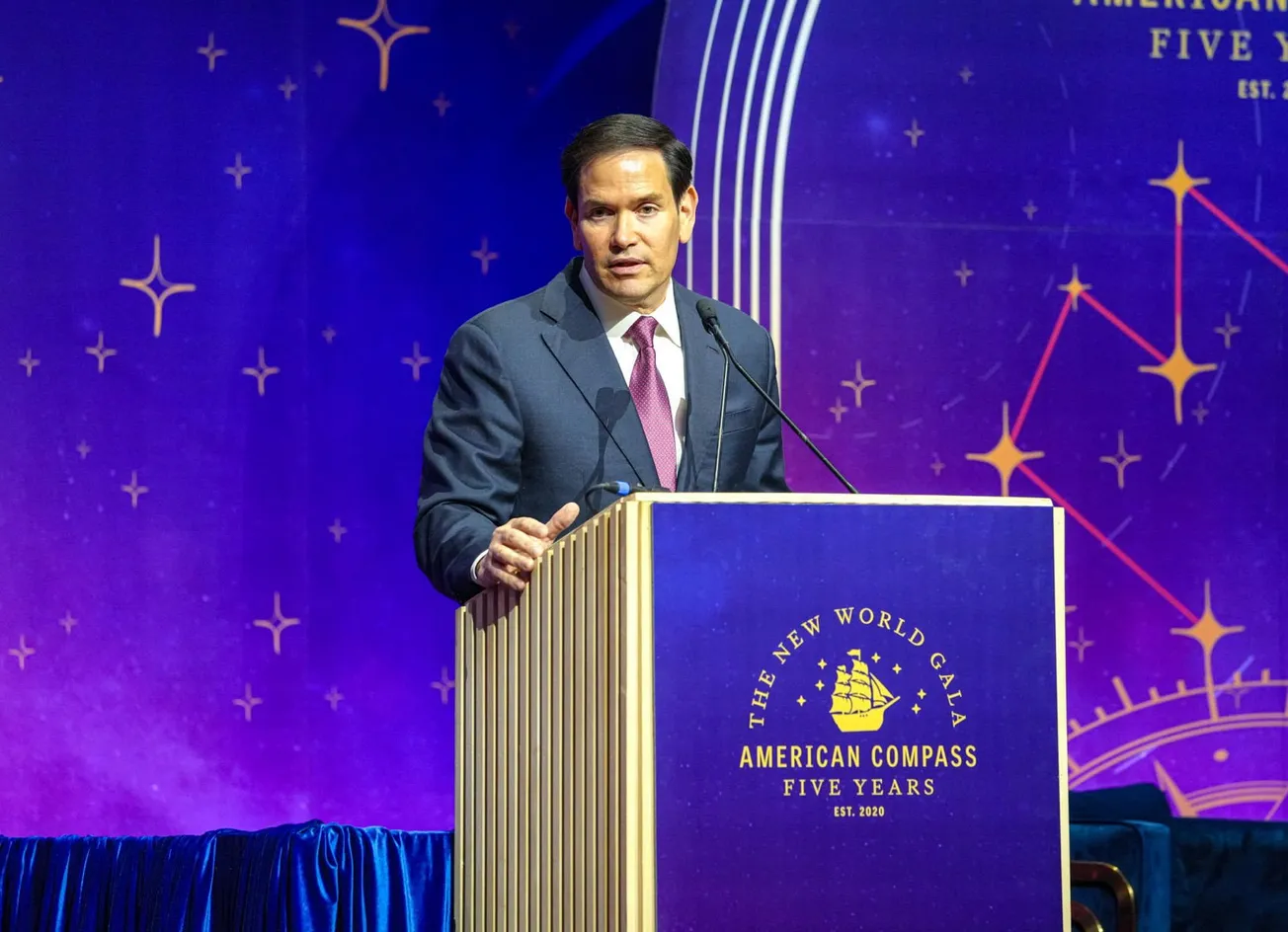Nebraska Gov. Pete Ricketts (R) consistently draws capacity crowds at the local town hall meetings he has been having around the state, against the green agenda President Joe Biden announced in his Jan. 27 Executive Order 14008, in particular the “30×30” plan to put 30% of U.S. land and water out of production by 2030. On June 7 Ricketts had a packed crowd of over 100 at the Saunders County Fairgrounds in Wahoo. The next morning, he spoke to a full house of 115 people in Alliance. He has two more meetings over the next 10 days.
He denounced the “30×30” decree, saying, “Right now, if you wanted to get to 30% of the United States in conservation, they would have to add on a land mass the size of the state of Nebraska each and every year between now and the next nine years. Another way to think about it is a land mass twice the size of the state of Texas.” At present between 11 and 12% of U.S. land is considered in “protected” status of wilderness or equivalent condition.
The “30×30” plot was endorsed today in the “G7 Summit Nature Compact,” released by the leaders of the seven “industrial” nations which met in Cornwall, U.K. on June 11-13. Their Nature document asserts that it, and other green measures, must be done to get to net zero emissions, and to further biodiversity on the planet.
It’s a “land grab,” Ricketts said at his meeting. He traced it back to the 1992 United Nations Conference on Environment and Development, “Earth Summit,” in Rio de Janeiro, which, he said, encouraged nations to set aside 17% of their land and waters to remain in a “natural” state. He reported that in 2019, the demand for setting aside 30% of land was contained in a report by the Center for American Progress.
When it comes to caring for the land, farmers are best at it—not greenie bureaucrats—has become a common theme. Ricketts was introduced at the Alliance meeting by the Nebraska Farm Bureau Vice President Sherry Vinton, from a ranching family. She said, “It’s every generation’s goal to pass that land down in better shape. They took care of the land yesterday, we’re taking care of 100% of the land today, and we’re going to take care of 100% of the land tomorrow. We don’t need a directive to conserve 30% of the land by 2030.”


